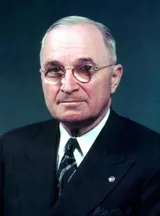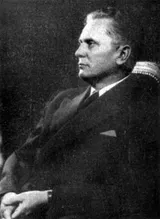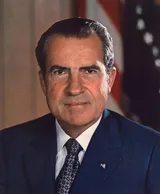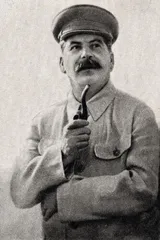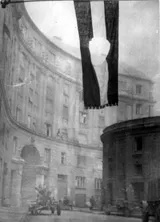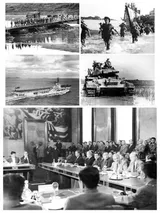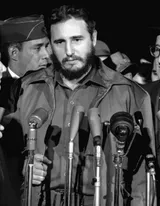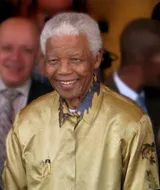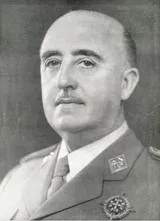Princess Margaret, Countess of Snowdon - Churchill discussed the marriage at the 1953 Commonwealth Prime Ministers' Conference
Time: Jun, 1953
Place: England, United Kingdom
Details: Churchill discussed the marriage at the 1953 Commonwealth Prime Ministers' Conference held with the coronation; the Statute of Westminster 1931 requires Dominion parliaments to also approve any Bill of Renunciation changing the line of succession. The Canadian government stated that altering the line twice in 25 years would harm the monarchy. Churchill informed the Queen that both his Cabinet and Dominion prime ministers were against the marriage and that Parliament would not approve a marriage that would be unrecognized by the Church of England unless Margaret renounced her rights to the throne. Prince Philip was reportedly the most opposed to Townsend in the royal family, while Margaret's mother and sister wanted her to be happy but could not approve of the marriage. Besides Townsend's divorce, two major problems were financial and constitutional. Margaret did not possess her sister's large fortune and would need the £6,000 annual civil list allowance and £15,000 additional allowance Parliament had provided for her upon a suitable marriage. She did not object to being removed from the line of succession to the throne as the Queen and all her children dying was unlikely, but receiving parliamentary approval for the marriage would be difficult and uncertain. At the age of 25, Margaret would not need Elizabeth's permission under the 1772 Act; she could, after notifying the Privy Council of the United Kingdom, marry in one year if Parliament did not prevent her. If Churchill told the Queen, however, one could easily leave the line of succession, another could easily enter the line, dangerous for a hereditary monarchy.
Related
Near

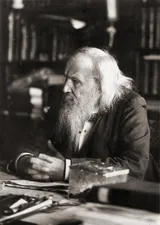



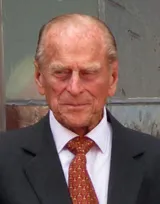



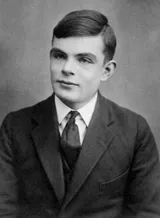



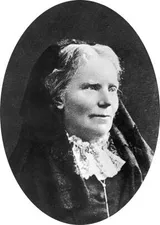

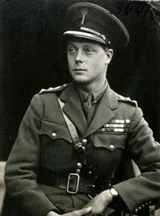


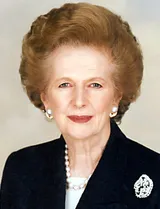

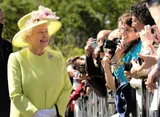

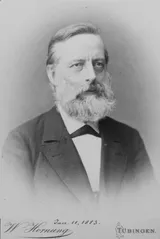













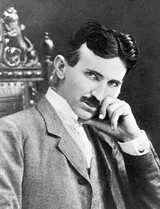









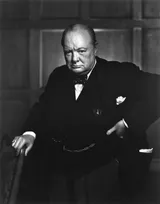









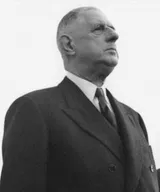

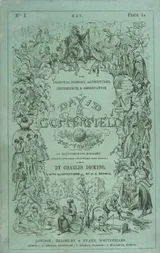










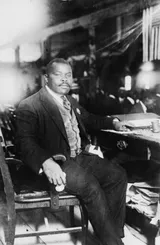



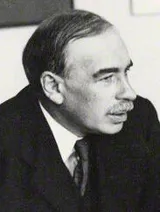



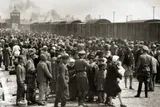

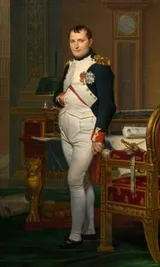































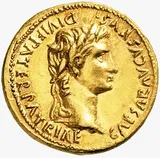


















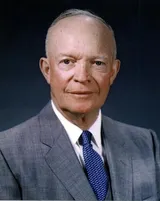


































































June 1953

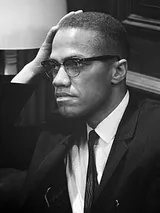









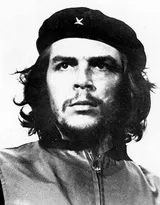









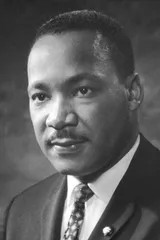


1953

